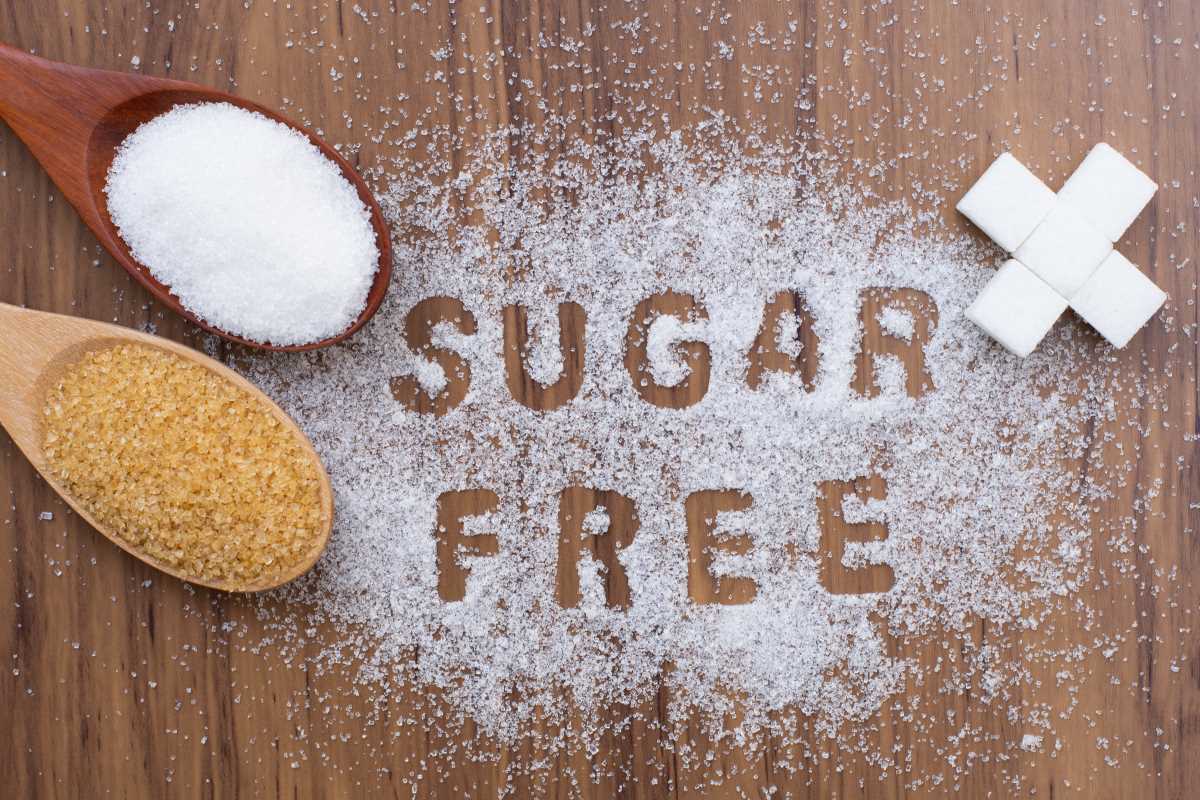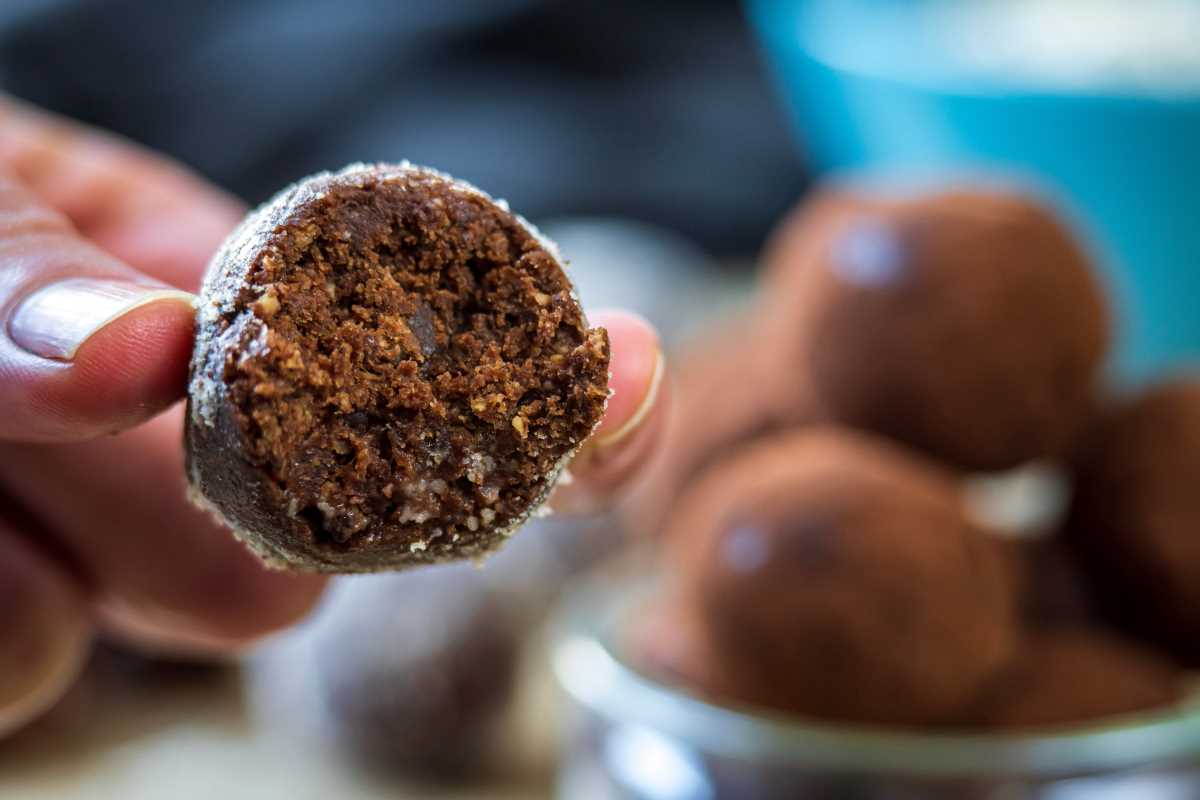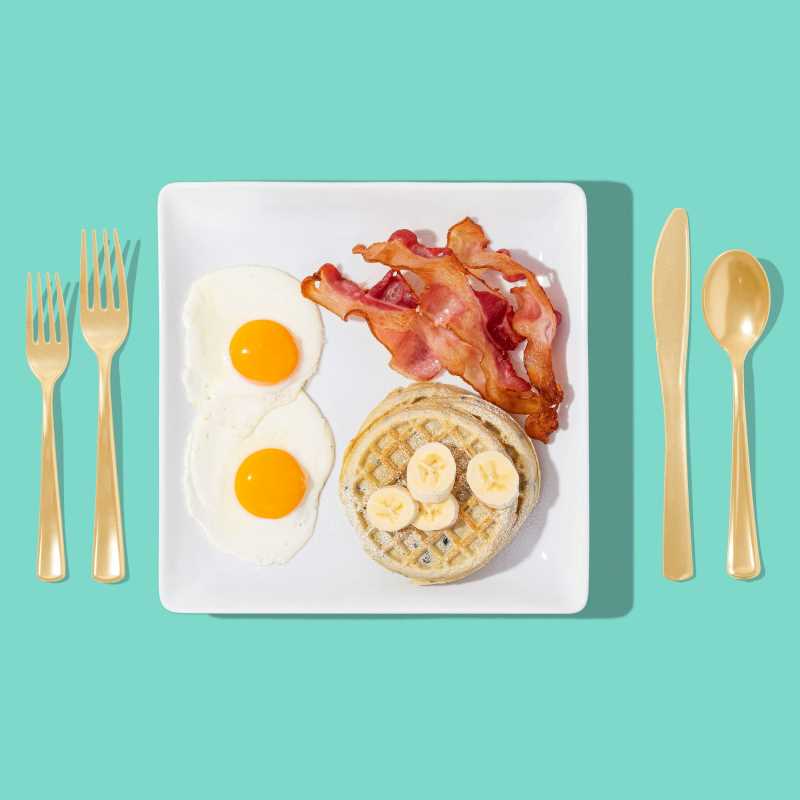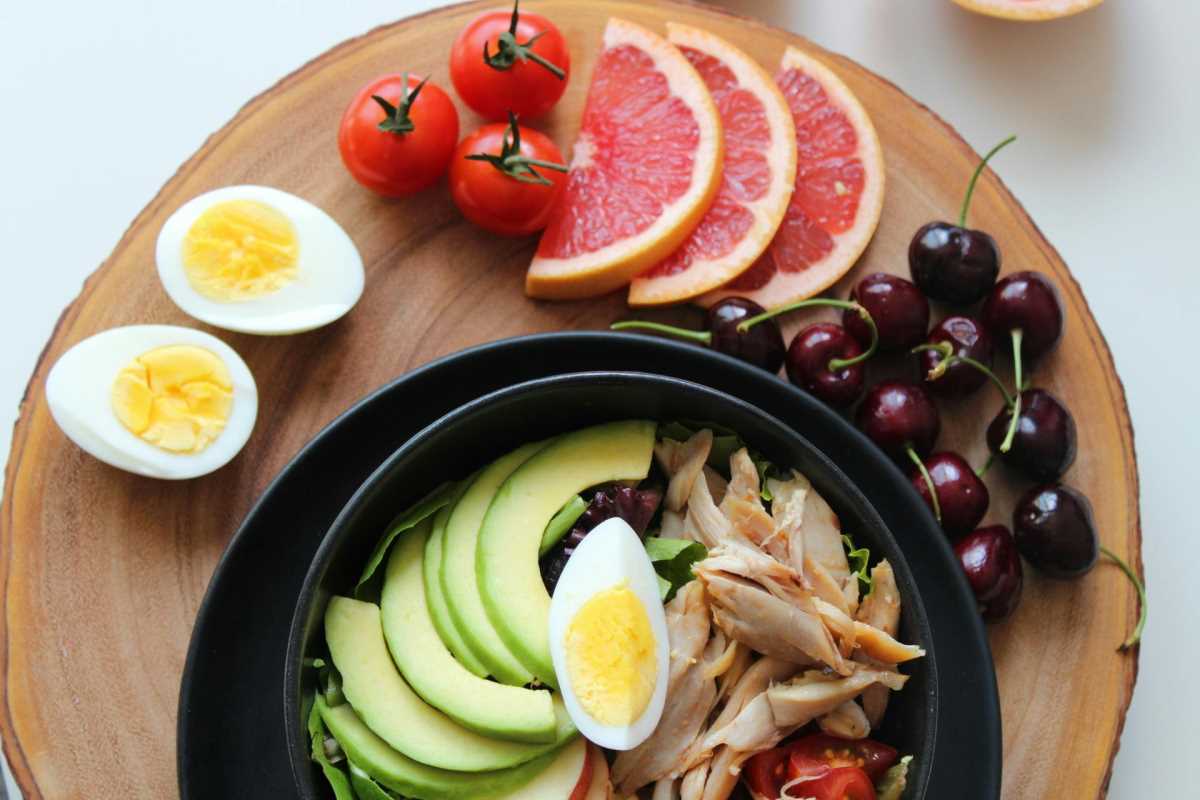Sugar cravings can derail even the most well-intentioned healthy eating plans. That sudden urge for something sweet often strikes when you're stressed, tired, or simply out of habit. While the average American consumes about 17 teaspoons of added sugar daily—nearly three times the recommended amount—understanding why these cravings occur and having healthier alternatives ready can transform your relationship with sweet treats.
The good news? You don't have to eliminate sweetness from your life entirely. Smart swaps can satisfy your cravings while providing essential nutrients, stable energy, and long-term health benefits. Let's explore evidence-based strategies to outsmart sugar cravings and discover delicious alternatives that support your wellness goals.
Understanding Why Sugar Cravings Strike
Your body's desire for sugar isn't just a matter of willpower—it's driven by complex biological and psychological factors that create genuine physical urges.
The Blood Sugar Rollercoaster
When you eat sugary foods, your blood glucose levels spike rapidly, triggering a surge of insulin to bring levels back down. This dramatic drop often leaves you feeling tired and craving more sugar within 1-2 hours. Research published in the American Journal of Clinical Nutrition shows this cycle can repeat multiple times throughout the day, creating persistent cravings.
Stress and Emotional Triggers
Cortisol, your body's primary stress hormone, directly influences sugar cravings. During stressful periods, cortisol levels rise and can increase your appetite for high-calorie, sugary foods by up to 40%. Your brain associates these foods with comfort and temporary stress relief, creating powerful emotional connections to sweet treats.
Sleep Deprivation Effects
Poor sleep quality disrupts hormones that regulate hunger and satiety. When you're sleep-deprived, ghrelin (hunger hormone) increases while leptin (fullness hormone) decreases, making you more likely to reach for quick energy sources like sugar. Studies indicate that getting less than seven hours of sleep per night increases sugar cravings by 30-50%.
Habit Formation and Neural Pathways
Regular sugar consumption creates neural pathways in your brain's reward center, making cravings feel automatic. The dopamine release from eating sugar reinforces these pathways, explaining why breaking the habit requires patience and consistent effort.
The Hidden Costs of Excess Sugar
Understanding the impact of excessive sugar consumption provides motivation for making healthier choices that support your long-term wellbeing.
Energy Crashes and Mood Swings
Added sugars provide quick energy followed by inevitable crashes that leave you feeling tired, irritable, and unfocused. These energy fluctuations can significantly impact your productivity and emotional stability throughout the day.
Weight Management Challenges
Liquid calories from sugary drinks and processed foods don't trigger the same satiety signals as whole foods, making it easier to overconsume calories. Research from Harvard Medical School indicates that people who drink one sugar-sweetened beverage daily have an 18% higher risk of weight gain over time.
Inflammatory Effects
High sugar intake promotes chronic low-grade inflammation throughout your body, which is linked to various health conditions including heart disease, diabetes, and certain cancers. Reducing added sugar intake can decrease inflammatory markers within just two weeks.
Dental Health Impact
Sugar feeds harmful bacteria in your mouth, producing acids that erode tooth enamel and contribute to cavities and gum disease. The frequency of sugar consumption matters more than the total amount—frequent snacking on sugary foods creates ongoing acid attacks on your teeth.
Strategic Timing: When Cravings Hit Hardest
Recognizing your personal craving patterns allows you to proactively address them with healthier alternatives before they become overwhelming.
Mid-Afternoon Energy Dips
The 2-4 PM timeframe represents the most common craving period due to natural circadian rhythm fluctuations and blood sugar drops from lunch. Having protein-rich snacks ready during this window can prevent reaching for candy or pastries.
Evening Comfort Eating
Many people experience sugar cravings while winding down from their day, often triggered by stress, habit, or genuine hunger if dinner was insufficient. Planning satisfying evening snacks helps avoid impulsive dessert choices.
Pre-Menstrual Cravings
Hormonal fluctuations before menstruation can intensify sugar cravings by 200-300%. Understanding this natural pattern helps you prepare appropriate alternatives rather than fighting your body's signals.
Smart Swaps for Sweet Cravings
These evidence-based alternatives satisfy your sweet tooth while providing essential nutrients and sustained energy.
Fruit-Based Alternatives
Fresh Berries with Dark Chocolate
Combine antioxidant-rich berries with a square of 70% dark chocolate for natural sweetness plus beneficial compounds that support heart and brain health. The fiber in berries slows sugar absorption while dark chocolate provides flavonoids that may improve cognitive function.
Frozen Banana "Ice Cream"
Blend frozen banana chunks until creamy for a naturally sweet treat that mimics ice cream texture. Add a tablespoon of almond butter or cocoa powder for extra richness. This swap provides potassium, vitamin B6, and fiber while satisfying ice cream cravings.
Apple Slices with Cinnamon Almond Butter
The natural sweetness of apples combined with protein-rich almond butter creates a satisfying snack that stabilizes blood sugar. Cinnamon may help improve insulin sensitivity and adds warmth without calories.
Protein-Powered Options
Greek Yogurt Parfait
Layer plain Greek yogurt with fresh berries and a drizzle of honey. The protein content (15-20 grams per cup) helps maintain stable blood sugar while probiotics support digestive health. Choose varieties with no added sugars for maximum benefit.
Chocolate Protein Smoothie
Blend unsweetened cocoa powder, protein powder, frozen banana, and almond milk for a chocolate milkshake alternative that provides 20+ grams of protein. The combination satisfies chocolate cravings while supporting muscle maintenance and satiety.
Cottage Cheese with Fruit
Mix cottage cheese with diced peaches, berries, or a drizzle of pure maple syrup. This high-protein snack (14 grams per half cup) provides sustained energy and calcium for bone health.
Healthy Fat Solutions
Avocado Chocolate Mousse
Blend ripe avocado with cocoa powder, a touch of honey, and vanilla extract for a creamy dessert rich in heart-healthy monounsaturated fats. The healthy fats promote satiety and support hormone production.
Nut and Seed Combinations
Create trail mix with unsweetened nuts, seeds, and a small amount of dried fruit. The combination of protein, healthy fats, and fiber provides sustained energy while satisfying the urge to snack.
Coconut Chips
Unsweetened coconut flakes provide natural sweetness plus medium-chain triglycerides (MCTs) that may support metabolism and brain function. Choose varieties without added sugars for optimal benefits.
Warm Comfort Swaps
Golden Milk Latte
Combine warm almond milk with turmeric, cinnamon, ginger, and a touch of honey for an anti-inflammatory drink that satisfies evening sweet cravings while supporting sleep quality.
Herbal Tea with Stevia
Naturally sweet herbal teas like licorice root, cinnamon, or vanilla chai can satisfy sugar cravings without calories. Add stevia drops if additional sweetness is desired.
Baked Sweet Potato
Roasted sweet potatoes provide natural sweetness plus fiber, potassium, and beta-carotene. Top with a sprinkle of cinnamon for extra flavor without added sugars.
Natural Sweeteners: Better Choices
When you need to add sweetness to foods or beverages, these options provide better nutrition profiles than refined sugar.
Date-Based Sweeteners
Medjool Dates
These naturally sweet fruits contain fiber, potassium, and antioxidants. Blend pitted dates with water to create a paste for baking or smoothies. Their natural caramel-like flavor satisfies intense sweet cravings.
Date Syrup
Made from concentrated dates, this syrup provides minerals and antioxidants while offering rich sweetness. Use sparingly as it's still high in natural sugars but provides more nutrients than refined alternatives.
Minimally Processed Options
Raw Honey
Unprocessed honey contains enzymes, antioxidants, and antimicrobial compounds that refined sugar lacks. Use small amounts to sweeten tea, yogurt, or homemade treats while gaining potential health benefits.
Pure Maple Syrup
Real maple syrup provides minerals like manganese and zinc along with antioxidants. Choose Grade A Dark Robust for maximum flavor and nutrients, using smaller amounts than you would refined sugar.
Zero-Calorie Natural Alternatives
Stevia Leaf Extract
This plant-derived sweetener provides intense sweetness without calories or blood sugar impact. Look for pure stevia extract without bulking agents for the cleanest option.
Monk Fruit Sweetener
Made from a small Asian fruit, monk fruit sweetener offers sweetness without calories or aftertaste. It remains stable when heated, making it suitable for baking applications.
Practical Implementation Strategies
Successfully managing sugar cravings requires strategic planning and consistent implementation of healthier habits.
Meal Planning and Prep
Balanced Meal Composition
Include protein, healthy fats, and fiber-rich carbohydrates in each meal to maintain stable blood sugar levels throughout the day. This foundation reduces the likelihood of intense cravings between meals.
Strategic Snack Preparation
Prepare healthy sweet alternatives in advance so they're readily available when cravings strike. Portion nuts, wash berries, and prepare homemade energy balls during weekly meal prep sessions.
Hydration Priority
Dehydration can masquerade as sugar cravings. Drink 16-20 ounces of water when cravings hit, then wait 10 minutes before deciding if you're truly hungry for something sweet.
Environmental Modifications
Kitchen Cleanup
Remove tempting processed sweets from easily accessible locations. Store healthier alternatives at eye level in your refrigerator and pantry to make better choices more convenient.
Workplace Strategies
Keep healthy snacks in your desk drawer or office refrigerator. Having options readily available prevents vending machine temptations during afternoon energy dips.
Social Situation Planning
Prepare strategies for social gatherings and celebrations where sugary foods are prevalent. Eat a protein-rich snack beforehand and focus on socializing rather than food.
Mindful Awareness Techniques
Craving Journal
Track when cravings occur, what emotions you're experiencing, and what you ultimately choose to eat. This awareness helps identify patterns and triggers that you can address.
Mindful Eating
Savor each bite, eat slowly, and pay attention to the taste, texture, and smell of your food. This can help you feel more satisfied and avoid overeating.
Meditation and Deep Breathing
Take a few minutes each day to clear your mind through meditation or deep breathing exercises. This can help reduce stress and emotional eating triggers.
 (Image via
(Image via





